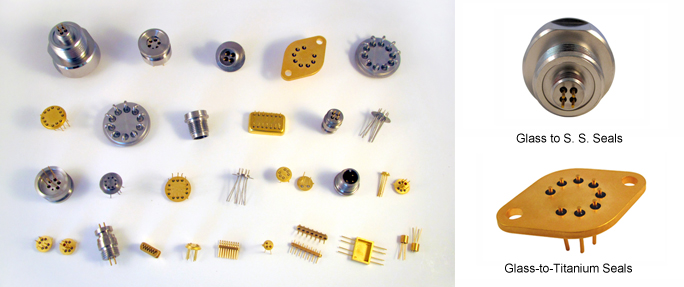Hermetic feedthroughs are designed specifically to all some substances or energy to pass from inside or outside a hermetically-sealed area to the other side. The feedthroughs must deliver both hermeticity and electrical isolation. They must be secure enough to prevent even the smallest degree of leakage while maintaining a powerful vacuum. There are three main types of hermetic feedthroughs: low voltage, water-cooled and RF (high frequency), and high-voltage feedthroughs. Applications for these items include furnaces, analysis equipment, satellite instrumentation, particle accelerators, and X-ray equipment.
How Is the Hermetic Seal Achieved?
How are hermetic feedthroughs achieved? When a glass-to-metal hermetic feedthrough is desired, industry leaders use high temperatures to melt glass to the point that they can be tightly bonded to metal. When done correctly, these feedthroughs can be used in applications such as those involved in electrical situations. These products are highly resistant to dramatic temperature changes, as well as fluctuations in pressure and humidity. Many of these products are plated to resist corrosion as well as improving the items capacity for wire bonding or soldering. Naturally, the pin and body formation of some hermetic feedthroughs require even tougher standards of excellence. This is the case for items destined to be found in medical equipment, especially used in diagnosis and sensing.

